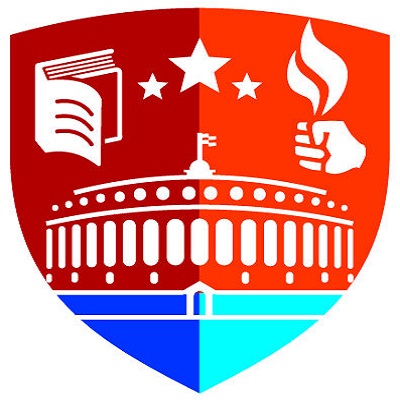General Studies – II
International Relations
1) India is an essential partner in the plan of the United Arab Emirates to strengthen food security in the Global South. Explain (200 Words)
Refer - The Hindu
Government Policies
2) Considering the State of World Population Report 2023, India needs to create economic opportunities to reap the demographic dividend. Analyse (200 Words)
Refer - The Hindu
3) The notification of 2023 Animal Birth Control Rules could worsen India’s canine crisis. Do you agree with this view? Comment (200 Words)
Refer - The Hindu
Enrich the answer from other sources, if the question demands.

IAS Parliament 2 years
KEY POINTS
· The United Arab Emirates (UAE), whose food security has been built on imports from global markets, is now focusing on the twin objectives of food access and readiness to confront supply chain crises
· Equally laudable is India’s ‘Prime Minister’s Overarching Scheme for Holistic Nutrition (POSHAN) Abhiyaan’, the world’s largest nutrition programme for children and women.
· The corridor could potentially commence a route for foods made and processed in India, beginning their outbound journey on the Indian coast of the Arabian Sea.
· The Dubai Multi Commodities Centre, the UAE’s largest free trade zone, launched Agriota, an agri-trading and commodity platform to link Indian farmers to food companies in the UAE.
· Bolstered by the UAE’s infrastructural capabilities, India’s agricultural products will have more resilient and diversified pathways to the global marketplace.
· India’s G-20 presidency offers an opportune moment for both India and the UAE to showcase viable strategies and frameworks that can forge the basis of food security in the Global South.
· As it sets the global developmental agenda, India can look to leverage and strengthen trade pathways with the UAE to forge a sustainable, inclusive, efficient, and resilient future of food.
KEY POINTS
· The latest State of World Population Report, an authoritative analysis by the UN, has officially stamped what has been known for a while: that India will become the most populous country in mid-2023, surpassing China’s 142.5 crore by about 3 million.
· These seeded deranged ‘sterilisation’ programmes that violently compromised dignity and freedom.
· This relative prosperity, though unable to solve India’s crisis of economic inequality, has, however, busted the myth of forced sterilisation and legal limits on family sizes being key to population control.
· Despite overtaking China, India’s population growth is slowing. The National Family Health Survey reported in 2021 that the total fertility rate had, for the first time, dipped to below the replacement level of 2.1.
· India’s population is forecast to grow from its current 1.4 billion to 1.67 billion in 2050 before settling at 1.53 billion in 2100, with the peak at 1.7 billion sometime in 2064, according to UN estimates.
· While the pendulum of opinion regarding population has swung from ‘disadvantage’ to ‘advantage’ in national discourse, it is relevant to analyse the question while factoring in newer developments.
· Economic opportunity, more than national pride, shapes the working population’s aspiration and, in its absence, a naturally decelerating population will be of limited advantage.
KEY POINTS
· According to the World Health Organization, 36% of the world’s and 65% of Southeast Asia’s rabies deaths happen in India.
· here have also been several media reports of the young and the old being ttacked by packs of stray dogs, fatally in some cases.
· The government announced the notification of its Animal Birth Control Rules 2023, which are likely to become as much a bone of contention as the earlier Animal Birth Control (Dogs) Rules 2001, were.
· The 2023 Rules require strays to be caught, vaccinated, neutered, and released back.
· Under the 2001 Rules, neither effort succeeded because the entire dog population (or at least a large fraction) needed to be treated at once.
· The 2023 Rules also ask residents’ welfare associations to care for stray dogs and feed them away from the children and the elderly, at fixed intervals.
· Rules must prohibit the improper disposal of solid waste and casual feeding of dogs, and require them to be adopted and directly cared for, to eliminate canine homelessness altogether.
· Without otherwise housing dogs in purpose-built shelters and promoting formal ownership, the 2023 Rules potentially create more points of failure at the level of local governments and residents’ welfare associations while dressing up the cruelty of dog homelessness.